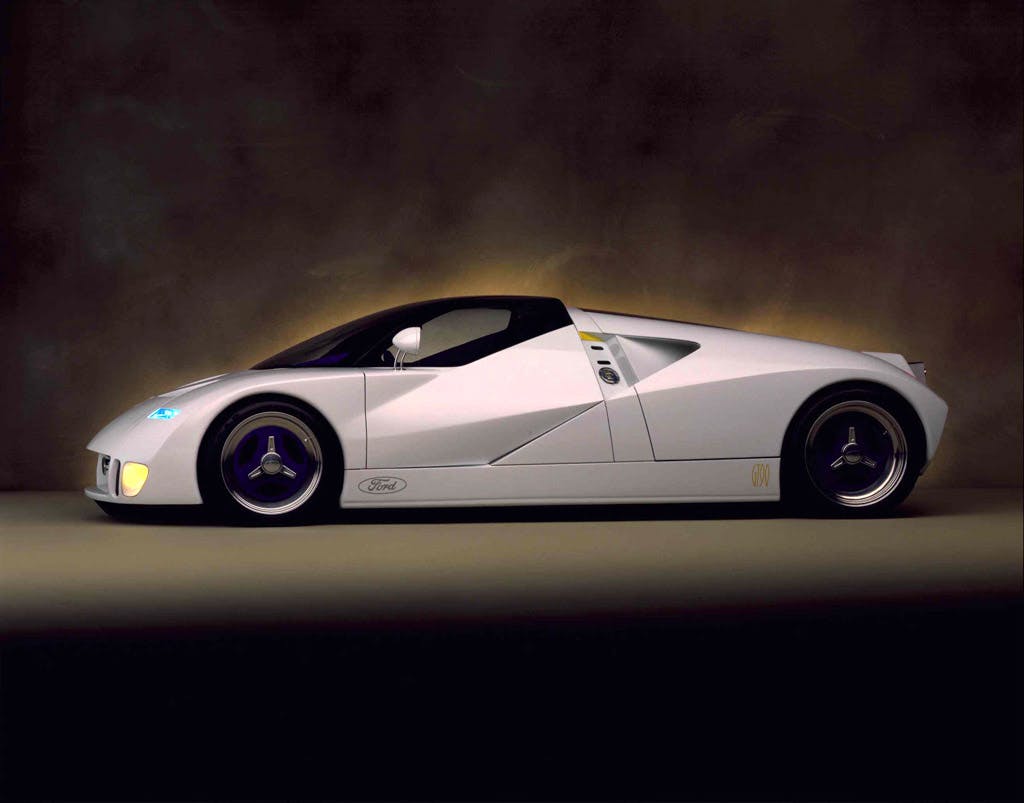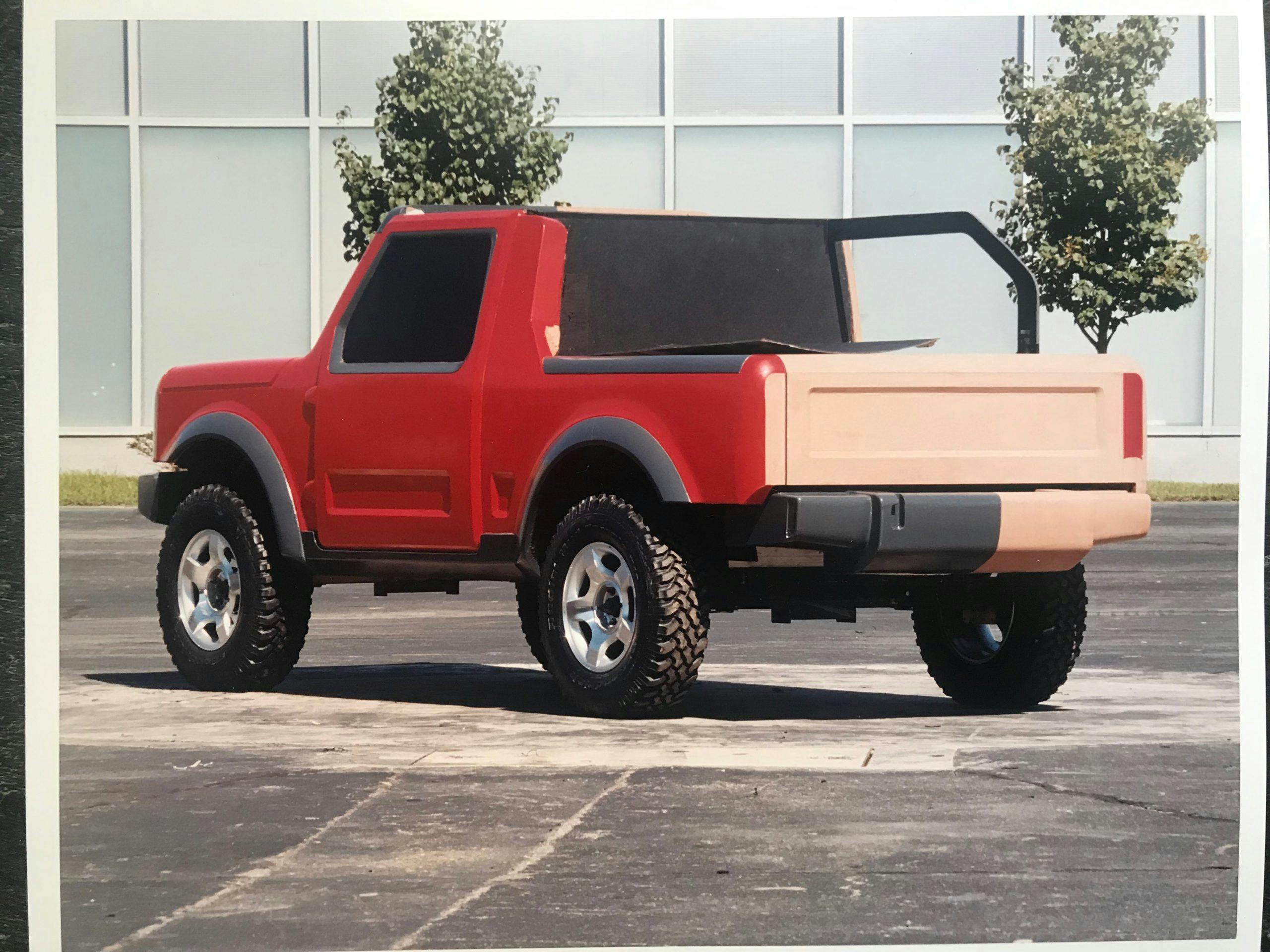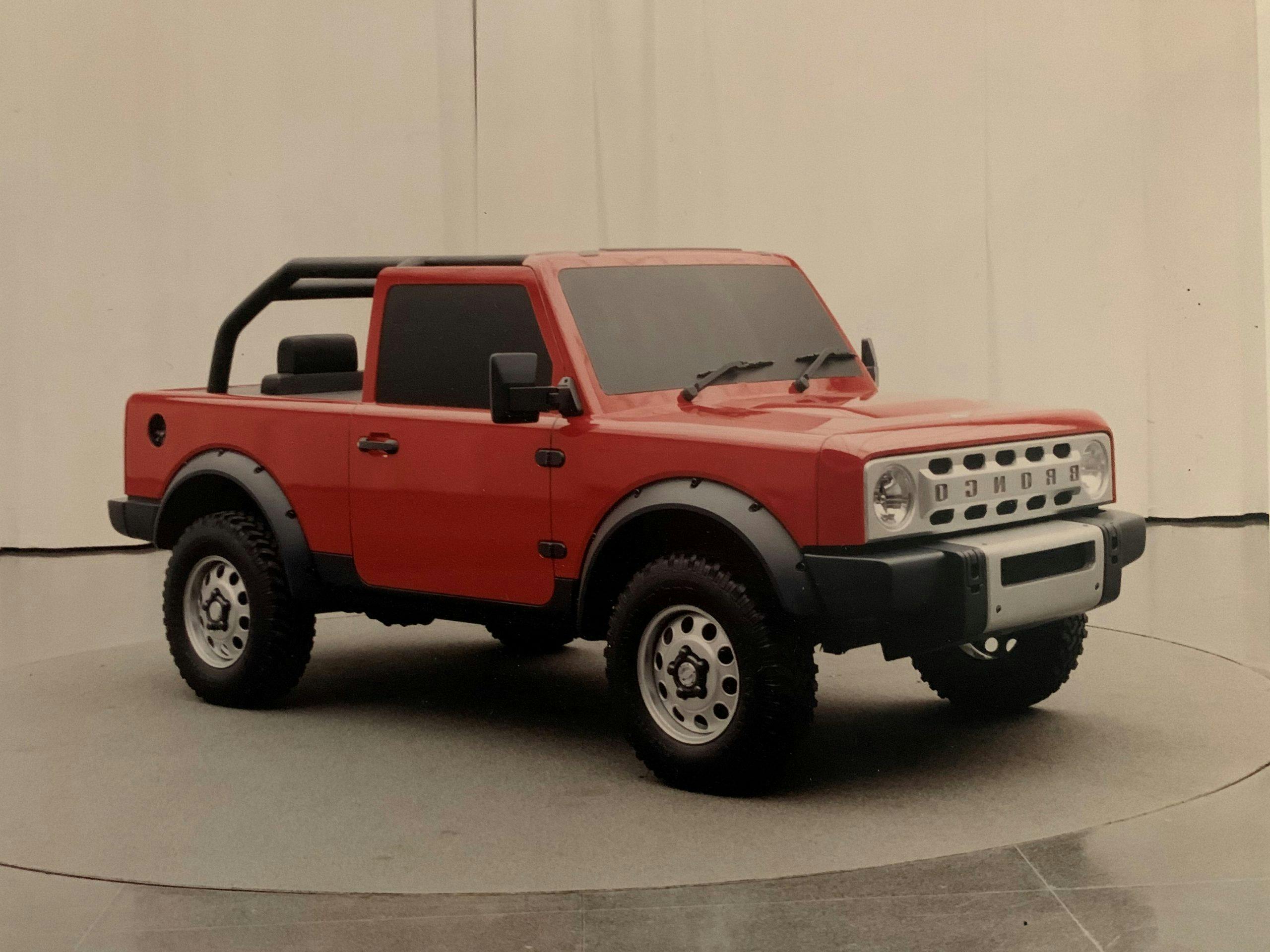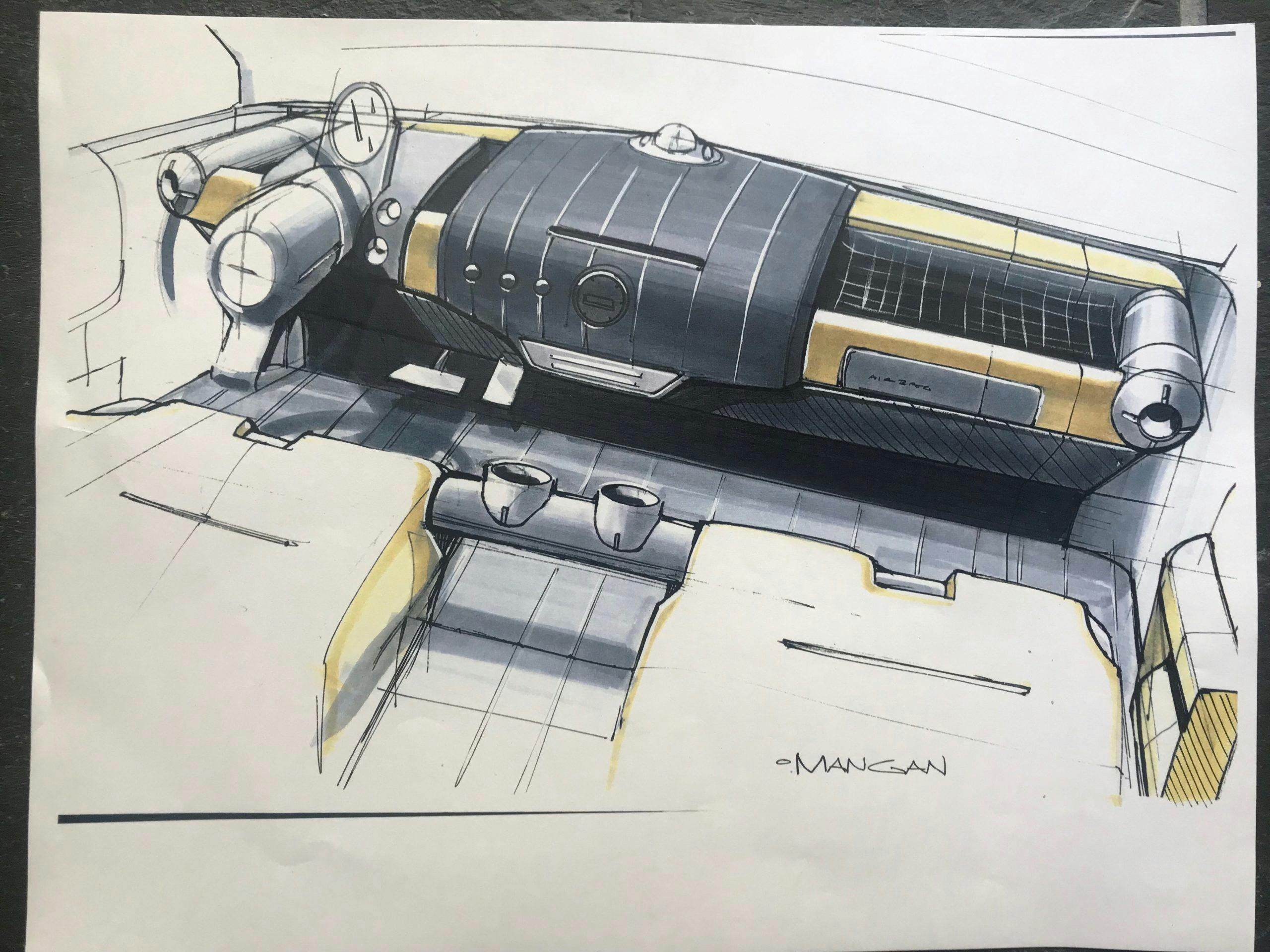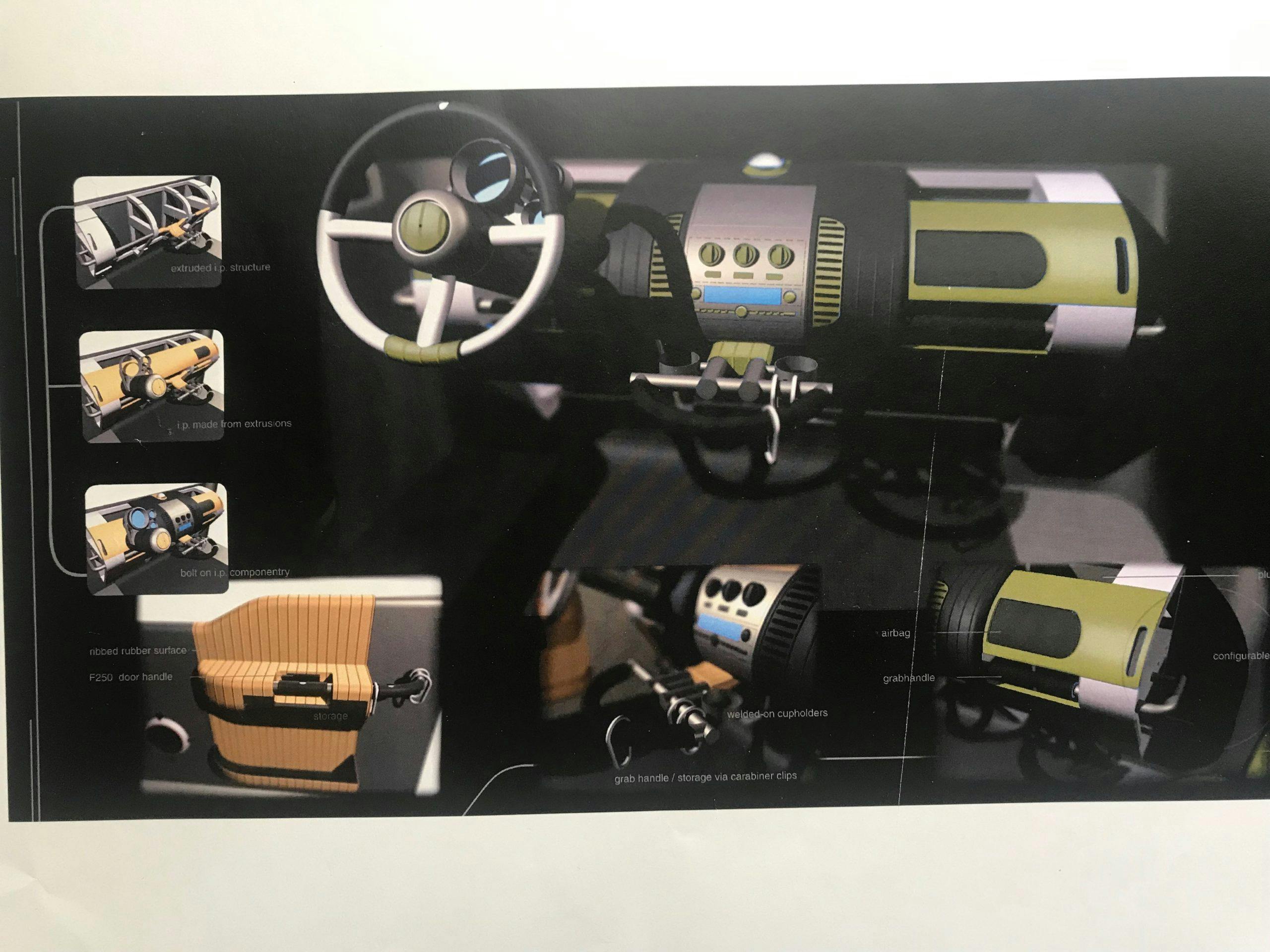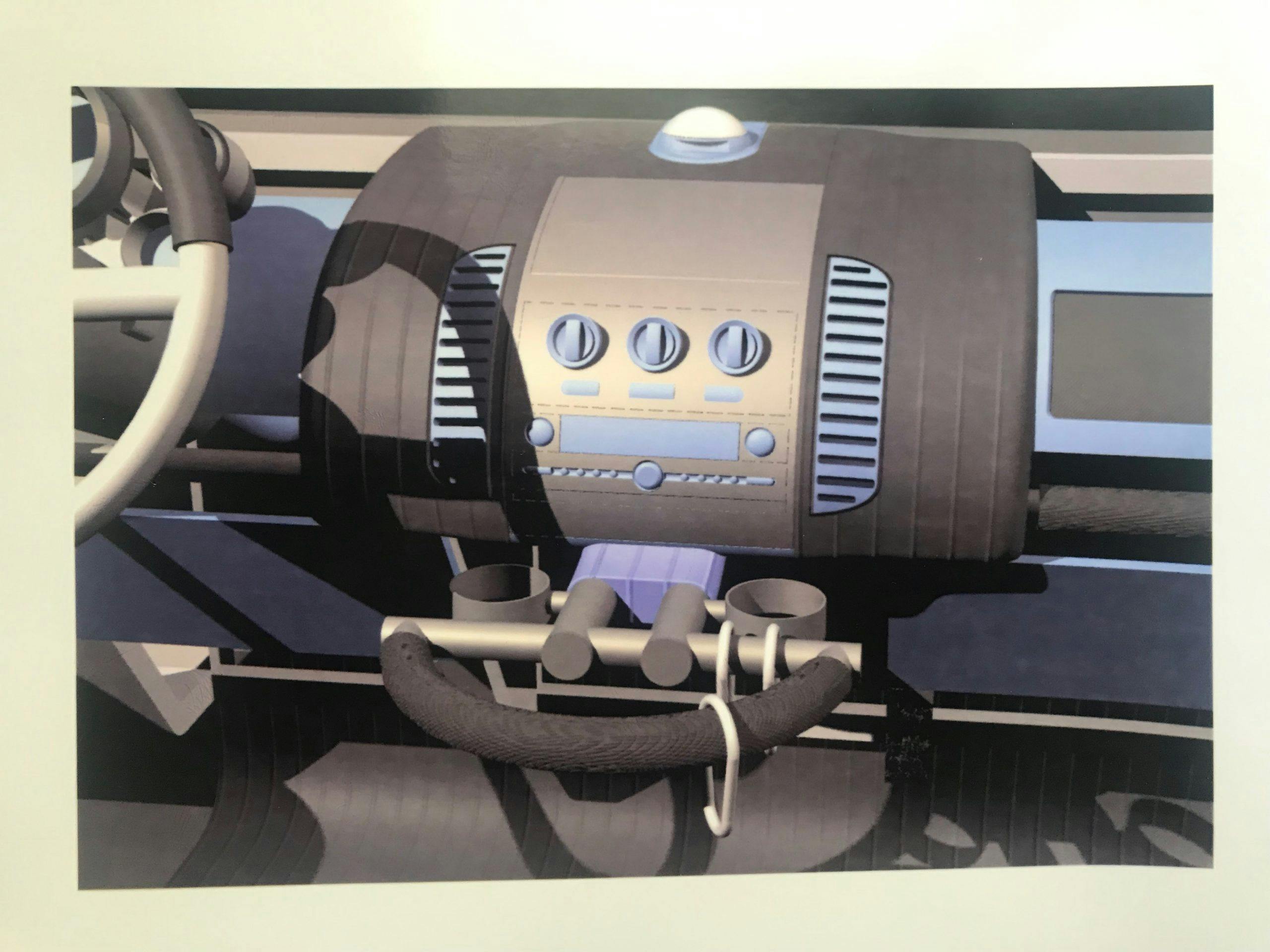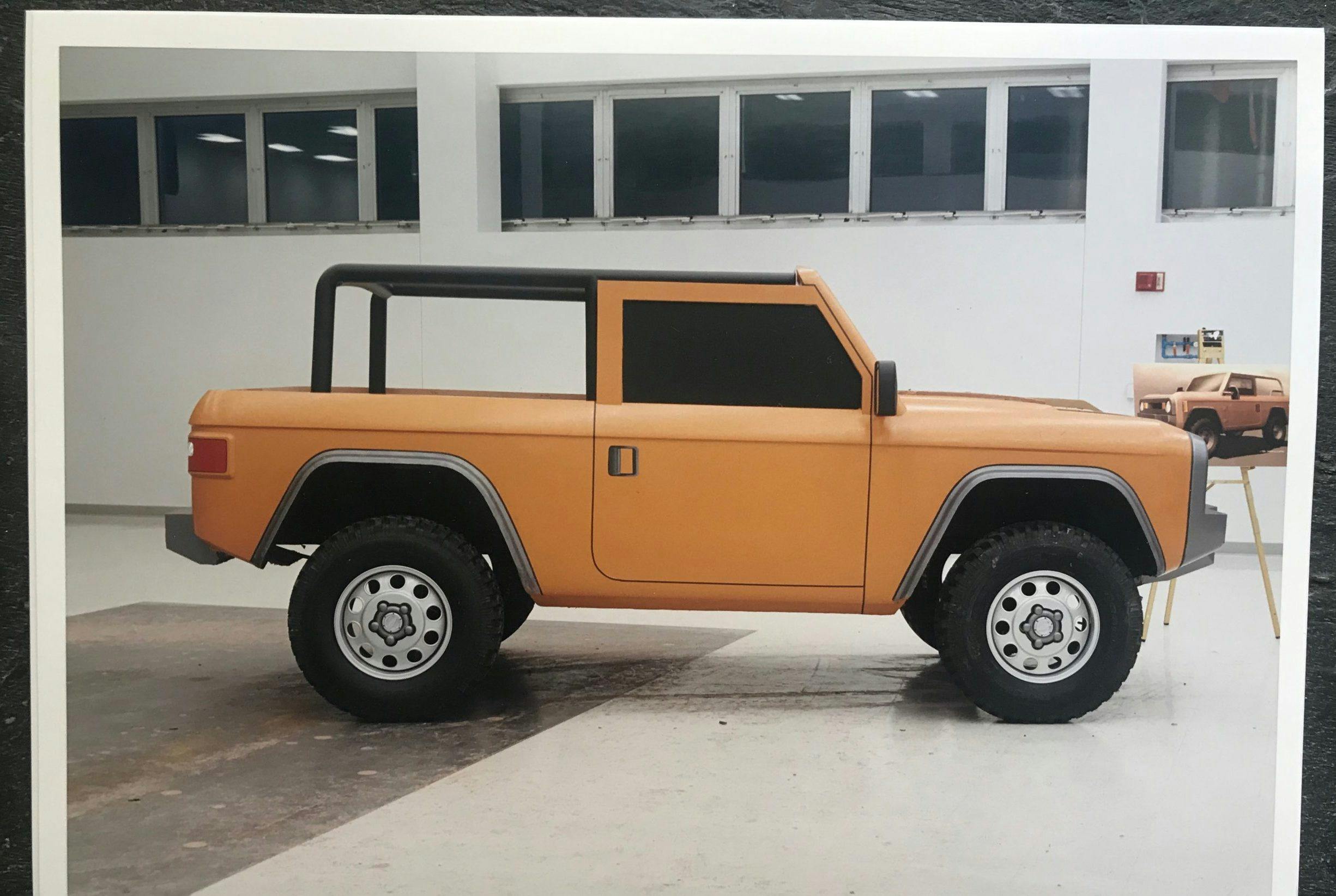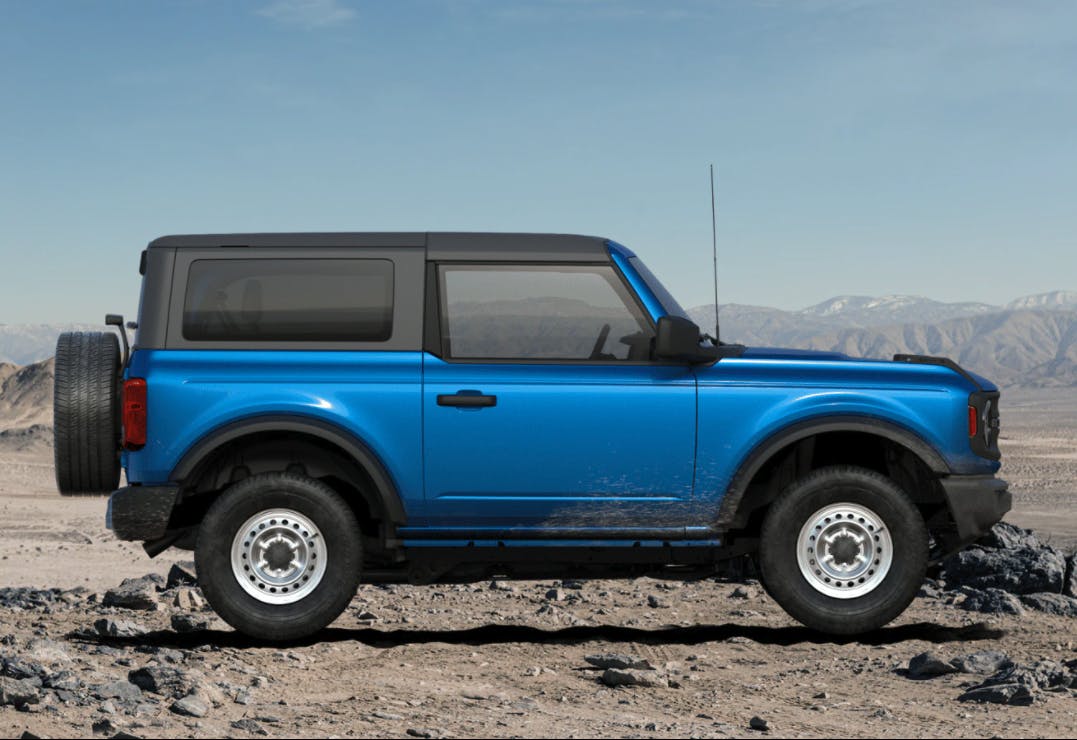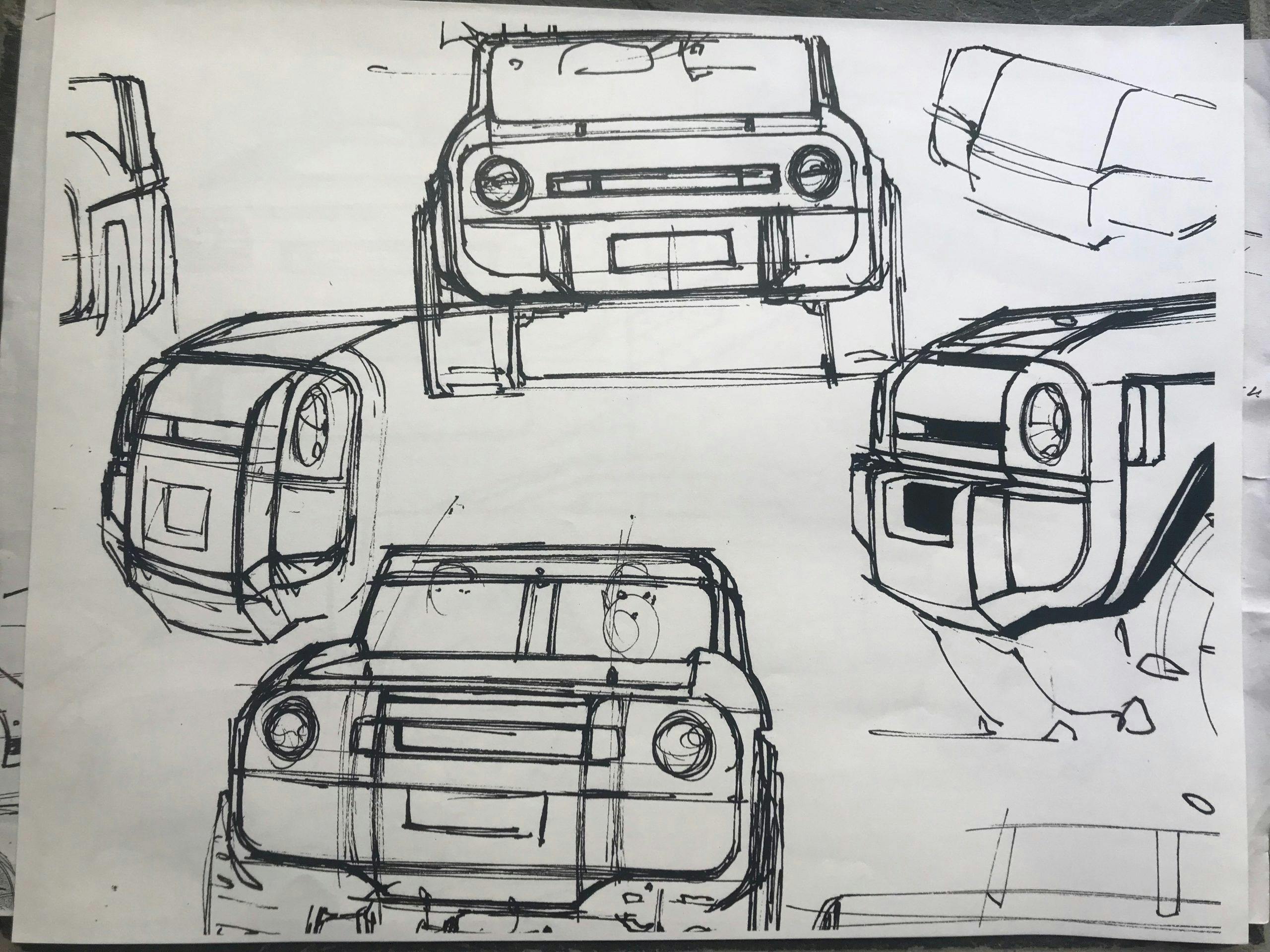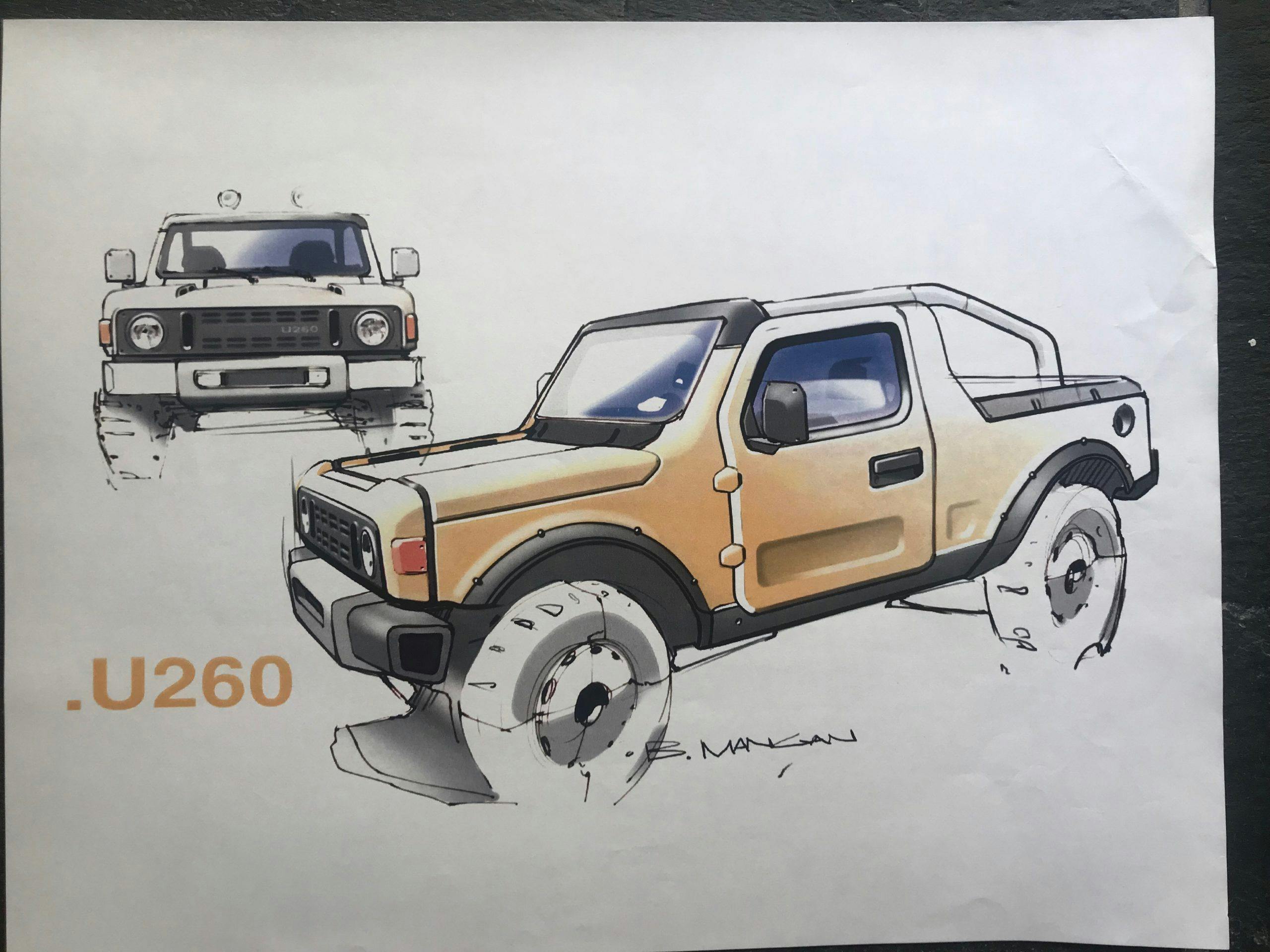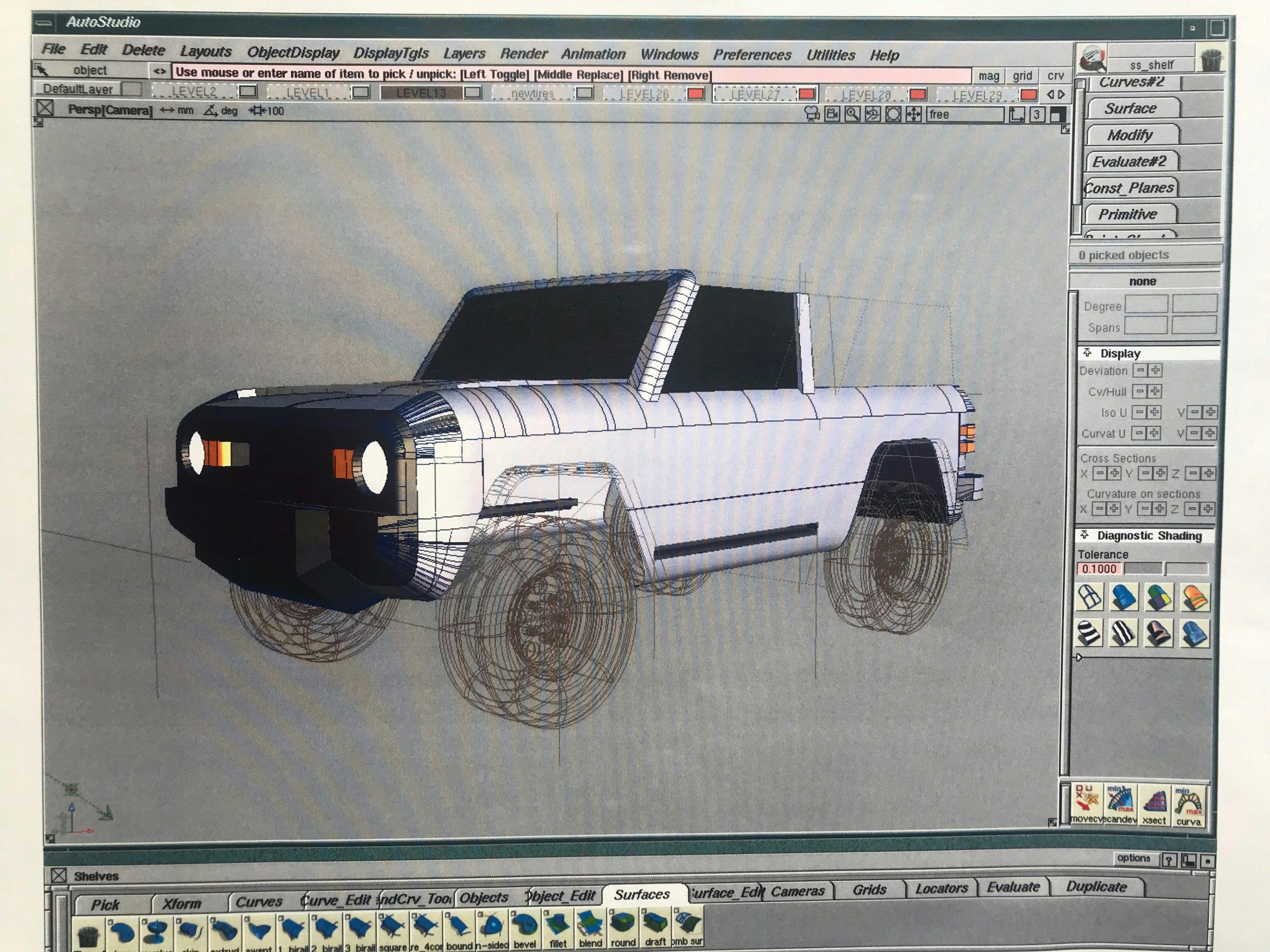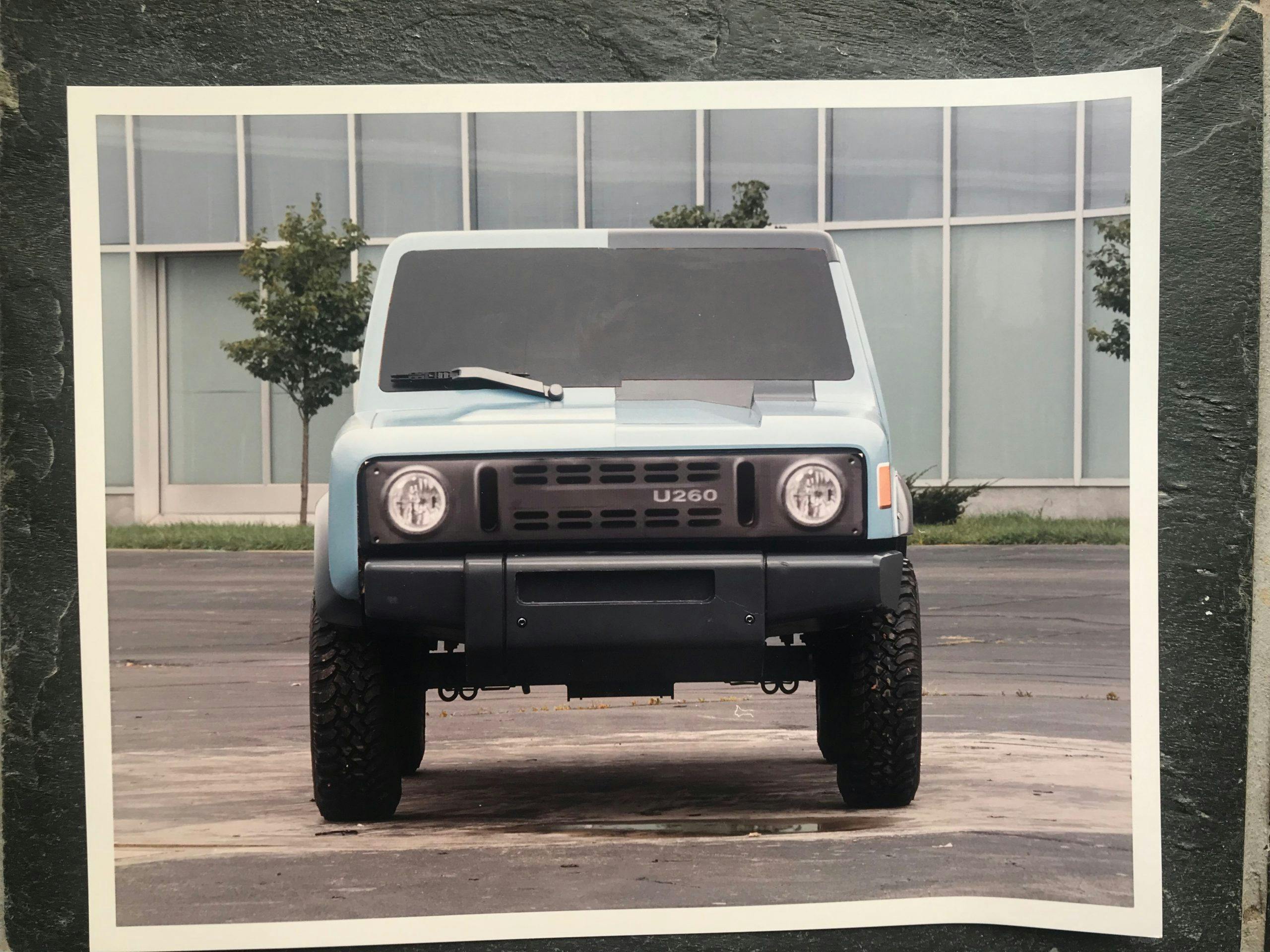The U260 was a proto-Bronco that deserved to live
Automotive enthusiasts and sci-fi fans alike understand the unintended consequences of participating in Bradburian time travel. (Ah, the pitfalls of wandering off our intended path, stepping on our respective butterflies, and permanently altering history!) Alas, if there is one unrealized dream from the early 2000s that deserved to see the showroom floor, it is Ford’s U260 Bronco prototype. Just imagine: Facebook Marketplace today littered with 2002-and-up Ford Broncos, or seeing them dotted across mall parking lots and off-road trails with the same frequency as that other four-wheel-drive icon. A magnificent alternate reality, no?
Turn back the clock to 1999. Cher’s “Believe” is Billboard’s top year-end single, The Matrix completely revolutionizes CGI in movies, President Clinton is acquitted in a Senate impeachment hearing, and the Ford Taurus is the third-best-selling car in America. It’s been three years since Ford axed the Bronco nameplate, and several Blue Oval employees—led by chief designer Moray Callum—hatch a plan to revive it. Dubbed the U260, the revamped Bronco is meant to be a Jeep Wrangler competitor and has its targets set on younger buyers. Sadly, before the U260 comes to fruition, Ford finds itself up against a big public scandal in 2000 involving the Explorer and Firestone tires, and all while it is spending billions propping up the faltering Premier Automotive Group. The pressure is intense, all of which brings additional budget measures and fierce scrutiny of all new projects. So perhaps it comes as no surprise that the U260 Bronco doesn’t make the cut.
Snap back to the present. Since the reincarnated Bronco isn’t hitting showrooms until this summer, we thought we’d entertain a little nostalgia for our Y2K bizarro-Bronco scenario just a little while longer before the real deal arrives.
We spoke with Ford’s Bill Mangan, chief interior designer of the 2021 Bronco, 2021 Bronco Sport, and the U260 Bronco from way back. In fact, the U260 was Mangan’s first project upon joining Ford’s design studio. With any luck, Bill’s unique insight fills in additional context for the design environment within which this doomed Bronco arrived, what it was trying to accomplish, and why we should thank our lucky stars that the current crop of Broncos made it to production at all. Some of that U260 magic even helped inform Ford’s approach to the new 2021 Bronco.
Let’s start at the top, examining at the design language proliferating within Ford’s styling studios at the time. The look was coined “New Edge” and was most famously applied the original, 1998 Ford Focus. Even established nameplates were getting the New Edge treatment—just witness the 1995 Ford GT90. (Don’t worry, this comparison has a point.)
The GT90 used the Jaguar XJ220’s chassis, while the U260 Bronco was intended to live on the T6 Global Ford Ranger platform. Even the name is a portmanteau of codes intended to explain Ranger connection: The “U” means Utility, “2” covers the number of doors, and the last two digits denote Ford’s T6 platform. But unlike the GT90, the U260’s styling is far more retro—more of an old-school-SUV spin on the clean-lined VW New Beetle.
Though you might conclude from this situation that a retro Bronco never stood a chance—especially given the wildly designed 2004 Bronco concept that eventually followed—Mangan contends that the New Edge “house style” was not a factor in the U260’s demise. Which makes sense, given that J Mays (VP of Design and VW/Audi alum) was knee-deep in the kind of Retrofuturism later expressed in the 2002 Ford Thunderbird. (Put another way, if you write a book about Retrofuturism during the Ford Focus’ heyday, you probably aren’t married to the hottest, “edgiest” notions coming across your desk.)
Mangan’s proposal for the U260’s interior, if you look closely, was much more forward-thinking. There’s a bit of GT90-ish, steampunky New Edge interior detailing—note the tubing mounted below the center stack. But take a look at the right-hand photo above, and its first vignette (in the left-hand corner). That’s the foundation upon which Mangan imagined a seemingly endless combination of bolt-in, owner configurable dashboard components. Think of the U260 as part of the same phenomenon that motivated Toyota to create the youthful Scion brand; Mangan points the possibility of the automotive aftermarket creating everything from unique interior grab handles to different exterior panels.
Quick aside: There’s something bothering me about Mangan’s handiwork. Perhaps you see it too? While I can’t shake the feeling that someone in Dearborn vaguely reproduced the U260’s center stack at a later gig with Nissan, it’s likely nothing more than coincidence. Probably. (Then again, it’s not like GM came up with the PT Cruiser-fighting Chevrolet HHR crossover all by itself. But I digress …)

I asked Mangan what items from the 2021 Bronco could trace their origin to the U260, and the basic idea of envisioning the Bronco as a mass-market, two or four-door off-roader stuck out most in his mind. Interestingly, too, the new Bronco sports interior ethos that’s similar to that of the U260, with a modular approach that’s friendly to customization. While the final product isn’t as configurable as Mangan’s vision for the U260, there’s still a lot to play with considering production vehicles operate under far more practical constraints.
All this is to say that the U260 clearly coulda been a contender, especially with the Global Ranger’s gutsy “Duratorq” diesel engine. Dreams rarely make it all the way into reality, and if they do, they are more likely to manifest as a 2002 Thunderbird with a dashboard shamelessly lifted from a 2000 Lincoln LS. I’d nevertheless argue that the U260 deserved to live as a Bronco in any form, despite whatever degree of compromise or cost-cutting.
Maybe we can at least be satisfied by the lessons learned. Aside from the rounded wheel arches, the U260’s spirit is visible in the current Ford Bronco. If nothing else, its existence speaks to the importance of heritage nameplates; Mangan considers the new Bronco one of several “icon” projects (2005 Ford GT interior, 2015 Mustang interior, and even the guts of the 2017 Ford GT) that he had the honor of influencing. These vehicles helped Mangan understand the kind of stories that need to be told, and that his work must capture the customer’s emotions.
If he did his job right, Mangan will have newly-minted owners in equal parts fondly caring for their new Bronco and adventuring with it as intended. That will, no doubt, in some small way help shape the automotive reality to come.

